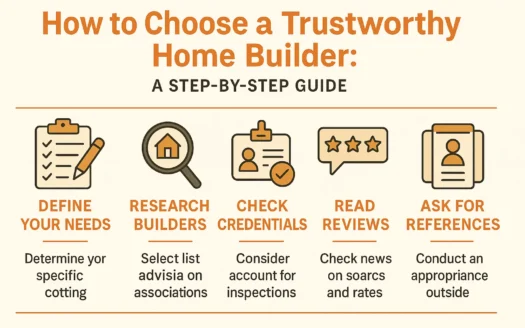12 Essential Tips for Creating a Pet-Friendly Home

12 Essential Tips for Creating a Pet-Friendly Home
Finding the perfect home isn’t just about your needs—it’s also about ensuring your pets thrive in their new environment. From indoor layouts to neighborhood vibes, here’s how to make your space a haven for every member of your family, including the four-legged ones.
Home Features to Prioritize
1. Yard Size Matters
Consider your pet’s size and energy levels when evaluating yard space. Active pets may need room to explore, while others might thrive in smaller areas. Factor in safety upgrades like fences or pet doors if needed.
2. Optimize Your Layout
Open floor plans suit larger pets who love to roam. For older pets or those with mobility issues, single-story homes eliminate risky stairs. Always prioritize ease of movement for your furry companion.
3. Pet-Proof Flooring
Hardwood or tile floors simplify cleanup, while stain-resistant rugs in fur-matching colors hide messes. Carpeted stairs can prevent slips, but avoid delicate materials in high-traffic areas.
4. Furniture Choices
Select durable, scratch-resistant fabrics that match your pet’s fur tone. Washable covers and tightly woven materials will withstand claws and shed hair without sacrificing style.
5. Safe Decor Placement
Keep fragile items and tempting chewables out of reach. Elevated shelves and secure displays protect both your belongings and curious pets from accidents.
6. Pet-Safe Plants
Research flora before planting—many common species like lilies or sago palms are toxic to animals. Choose non-toxic alternatives for indoor and outdoor spaces.
Community Considerations
7. Neighborhood Pet Culture
Look for walkable areas with pet-friendly businesses, parks, and trails. A vibrant local pet community ensures socialization and adventure opportunities.
8. Review HOA Guidelines
Confirm breed restrictions, pet limits, or noise policies in advance. Avoid surprises by understanding community rules before committing.
9. Climate Compatibility
Evaluate seasonal weather patterns. Brachycephalic breeds struggle in heat, while short-haired pets may need extra warmth in colder climates.
10. Grooming Access
Identify nearby groomers with availability for your pet’s breed-specific needs. Book trial appointments before moving to ensure a good fit.
11. Vet Proximity
Establish care with a local veterinarian immediately after relocating. Early visits create a health baseline and streamline emergency care.
12. Backup Care Options
Research boarding facilities or pet sitters for busy schedules. Tour locations in advance to assess safety, staff expertise, and your pet’s comfort level.
Key Takeaways
- Tailor indoor/outdoor spaces to your pet’s physical needs
- Choose durable, easy-clean materials
- Verify neighborhood pet policies and amenities
- Establish local care networks pre-move
By addressing both your home’s design and community environment, you’ll create a stress-free transition for your pets. Thoughtful preparation ensures everyone—human and animal—enjoys the new space to the fullest!




